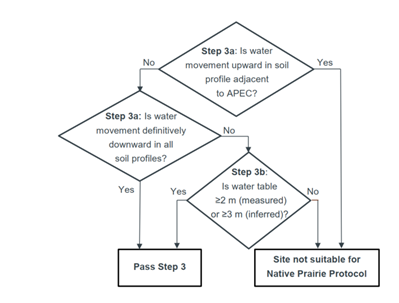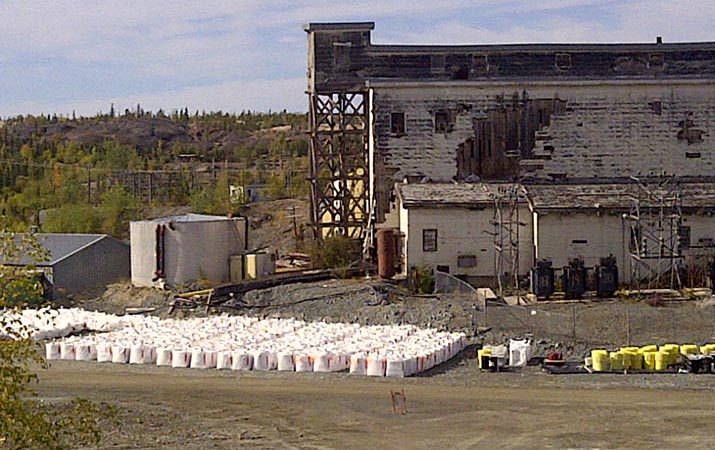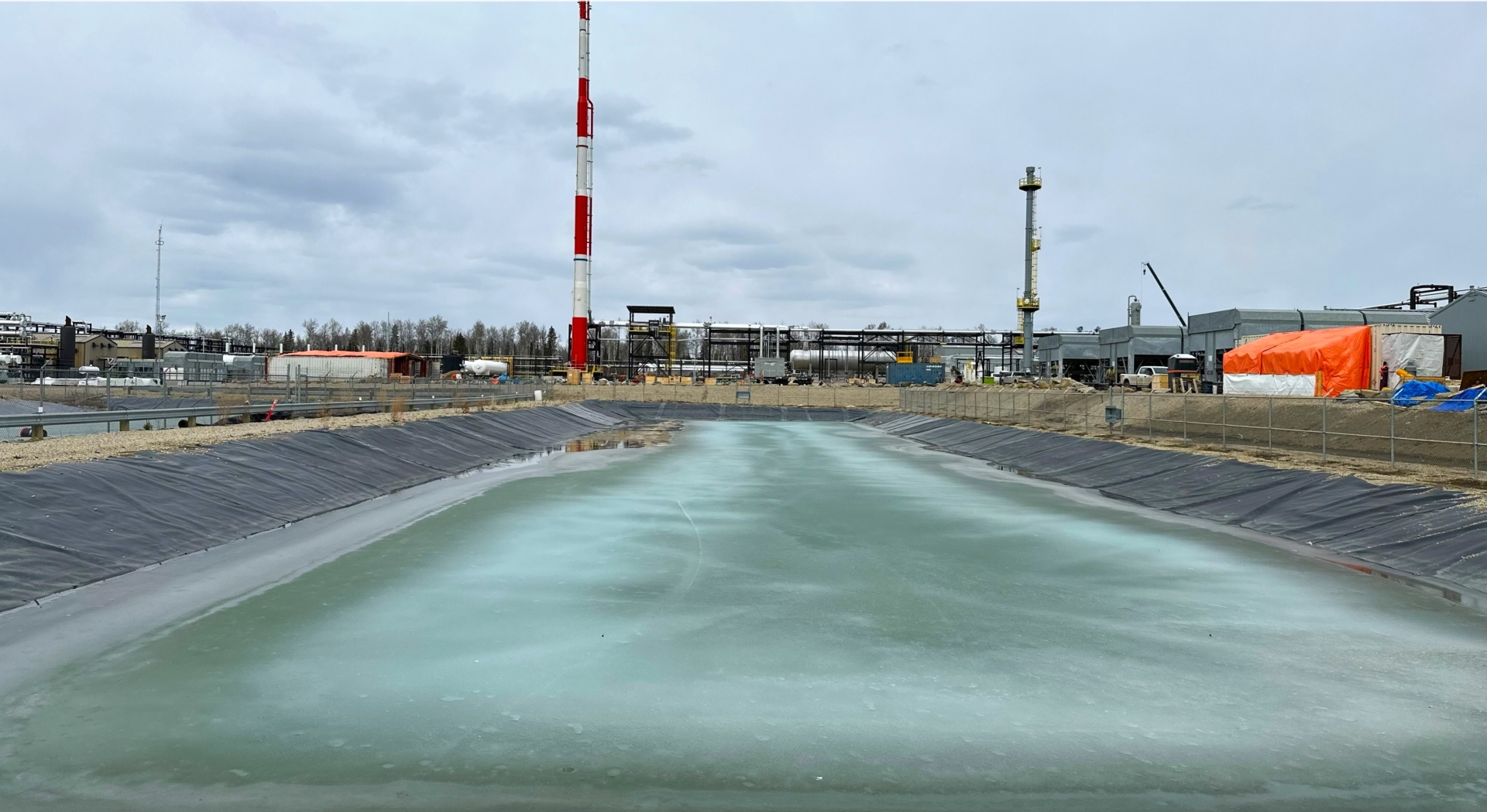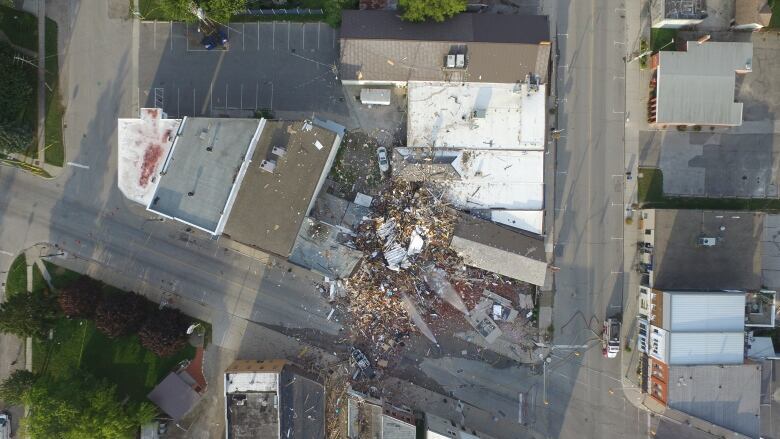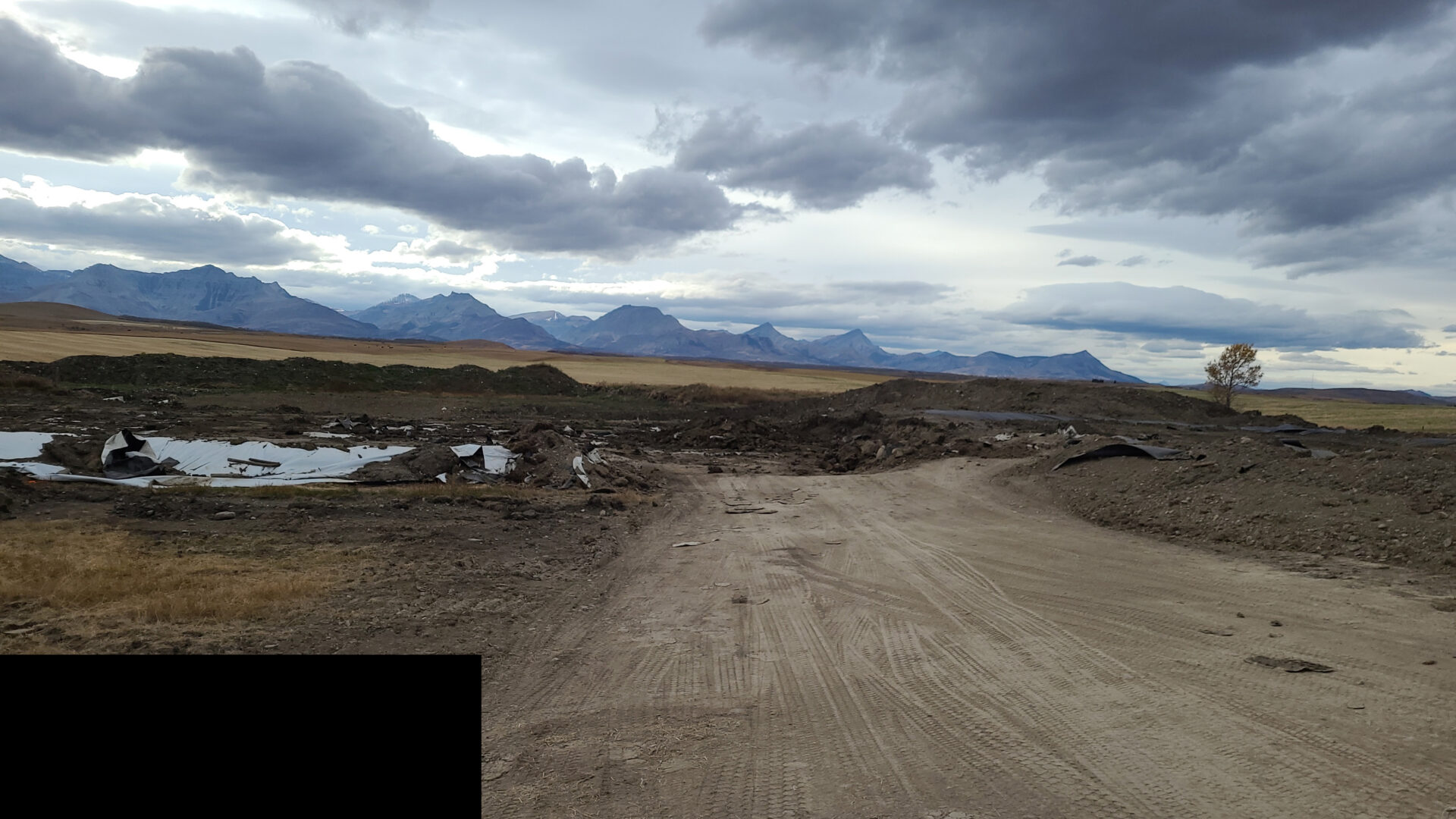In the realm of environmental site assessment, it’s often the complexity of the task that can confound even the most experienced scientists. However, what’s sometimes overlooked is the potential for simplicity, and the benefits that come with applying risk-based principles to sites and their associated data. This is particularly relevant when dealing with seemingly straightforward sites that could hold hidden environmental risks.
Consider a scenario where a simple site is approached using two different methods. The first approach, Method 1, treats the site as a regular Tier 1 site, assuming that groundwater is not impacted. This method involves characterizing and delineating the potential environmental concerns (APECs) using minimal resources – two background boreholes and a focus on chloride. This approach is not only simpler but also significantly more cost-effective, with an estimated expense of $8,000 to $12,000.
In contrast, Method 2 approaches the same site with a risk perspective, aiming to comprehensively delineate APECs. This entails six background boreholes, more intensive sampling, including texture analysis and the use of Shelby tubes. The focus remains on chloride, but the approach is more detailed, with a minimum of four boreholes per APEC and additional deep boreholes for a dual-unit aquifer buffer. The cost, as expected, rises to approximately $17,000 to $20,000.
The initial planning of these approaches involves identifying key factors, including groundwater receptors, freshwater aquatic life, livestock and irrigation, and drinking water sources. Notably, the Tier 1 approach makes certain assumptions about freshwater aquatic life and specifies that it is 10 meters away from impacts. A crucial part of the risk-based approach is identifying all water bodies capable of supporting an aquatic ecosystem within 1000 meters and considering the potential exclusion of pathways for specific contaminants, depending on their distance from aquatic ecosystems.
The term “chlorides” is likened to a “swear word” in the offices of oil and gas companies in Western Canada. This is due to the challenging yet essential nature of delineating chlorides in soil to meet the lowest applicable guideline. Often, this requirement is overlooked or misunderstood in basic Phase 2 assessments. Neglecting this aspect can lead to regulatory rejection or unnecessary over-excision of salt-impacted soils. Scientists need to consider natural versus anthropogenic sources of chlorides and the depth of their impact on groundwater.
When it comes to Phase 2 sampling with Tier 2 in mind, specific requirements for soil texture, deeper boreholes, and lateral and vertical delineation must be addressed. The use of Shelby tubes is highlighted as a valuable tool, particularly for isolating geologic units with low hydraulic conductivity.
Moreover, the Native Prairie Protocol (NPP)* is emphasized as a key element for sites with soil salinity exceeding Tier 1 guidelines. It provides a framework to demonstrate that no adverse effects will occur to the plant community and groundwater resources, deeper than 2 meters.
One of the intriguing aspects discussed is the need for monitoring wells. While freshwater aquatic life (FAL) and the dual-unit aquifer (DUA) guidelines can be constraining, the data and borehole logs can be leveraged effectively to determine the depth to groundwater, sulfate concentrations in soil, and the presence of coarse intervals in saturation data.
In summary, the insight gained from this comparison is clear: simplifying environmental site assessment by adopting a risk-based approach has the potential to deliver substantial savings on remediation costs while maintaining a rigorous commitment to environmental safety and compliance. It underscores the importance of data, expertise, and careful consideration of site-specific factors in environmental science and consultancy.
Thank you for reading,
Lori Vickerman
Technical Manager, Risk Assessment
For more information, check out Lori’s full presentation which was presented at this year’s ESAA RemTech Symposium.
*Native Prairie Protocol (NPP)
